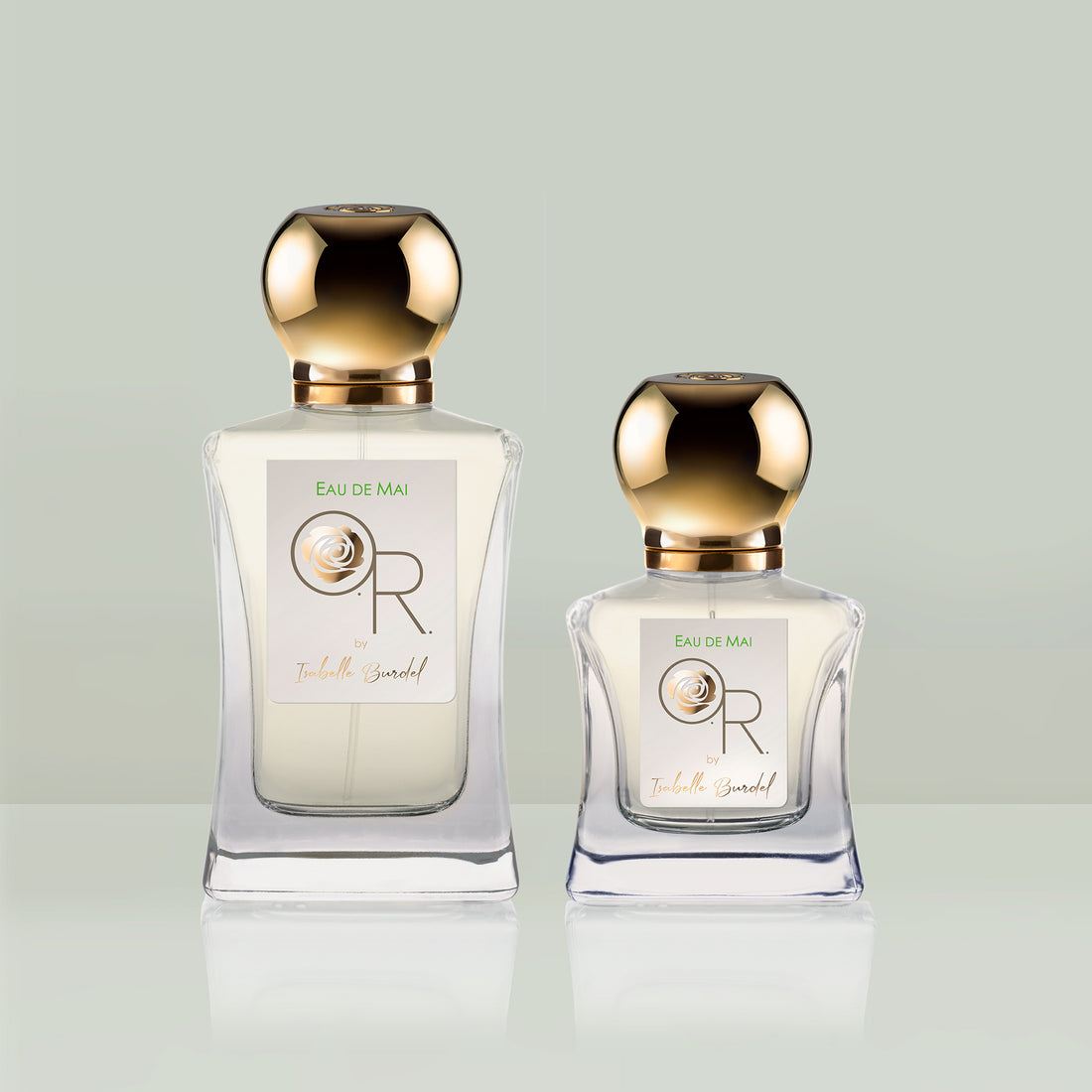Icons of Arabic culture, oud perfumes cultivate a woody register with sensual and mysterious undertones. While it has recently made its way into Western culture, oud wood has been used for centuries in the East for medicinal and spiritual purposes. It is customary in the Middle East to burn it to scent clothing or blend it with other essential oils to perfume the body. Let's shine a spotlight on this precious wood that has become an essential note in niche perfumery.
Oud perfume: origins and culture
This dark resin, with its incredibly powerful scent, is, in fact, a defense mechanism of a tree variety called Aquilaria against fungal infection. This species mainly grows in the heart of the tropical forests of Southeast Asia, including Cambodia, Laos, Malaysia, Indonesia, and Thailand. Oud wood is also known as Agarwood or Aloeswood.
Only one out of a hundred specimens contains the precious oud resin, but since it is impossible to tell which one, a considerable number of trees must be felled. These Aquilarias are now protected in many countries. Indeed, for the past few years, CITES has classified Aquilaria as an endangered species to reduce poaching (though it is not illegal to cultivate it). In some trees, this fungus is now artificially inoculated.
Obtained through the distillation of wood chips, essential oil from oud wood has earthy, woody, animalic, leathery, smoky, and slightly camphoraceous nuances. It is often said that its price surpasses that of gold. This is partly due to its rarity. This is why, as we will see later, synthesis is often used to recreate the scent of oud.
Oud wood: a fragrance rooted in Arab culture
Before becoming a key note in niche perfumery, oud wood had a spiritual aura as it was mentioned in sacred texts. The scent of oud has been treasured in the Middle East for centuries. It is burned in the form of chips on charcoal in bakhoor to scent hair and clothing. It is also used as an essential oil in alcohol-free compositions. It is customary to layer multiple perfumes with these scented oils.
Even today, the scent of oud remains omnipresent in oriental perfumery. Almost all fragrances, whether for women or men, contain a touch of Agarwood (real or synthetic). Beyond its mystical image, oud wood is synonymous with sensuality in Eastern culture.
Oud in niche perfumery
Since the release of YSL's “M7” in 2002, the oud perfumes have gained more and more followers. What started as a gradual curiosity was punctuated by niche brand launches: “Midnight Oud” by Juliette Has a Gun, “Alh Oud” by l'Artisan Parfumeur, “Oud Wood” by Tom Ford.
For the past fifteen years, oud perfume has become omnipresent in niche perfumery. The wood, also known as Agarwood or Aloeswood, has taken over the shelves of exclusive boutiques, to the point that almost every brand, from exclusive lines of major houses to smaller alternative labels, now claims an "Oud" in their perfume collection. While perfume houses seek to attract Middle Eastern customers by incorporating oud into their compositions, it also offers a sense of exoticism to a Western audience in search of strong emotions.
However, in practice, it is relatively rare for niche or major brand perfumes to contain real oud wood due to its price. These are often reconstitutions or compositions with other natural or synthetic woody notes: patchouli, incense, sandalwood, combined with cypriol, another very aromatic and powerful woody note, or leathery and animalic notes. The oud accord has the particularity of being present from the top to the base notes in a composition. It has incredible power and sillage.
The different faces of oud in perfumes
With its dark and animalic notes, Agarwood cultivates an enchanting, mysterious, and sensual image. It enriches the olfactory palette with new leathery notes, complementing fragrances wonderfully. Oud also pairs excellently with rose and saffron, an iconic Middle Eastern accord with connotations of "One Thousand and One Nights." Oud wood complements woody accords perfectly, offering power, longevity, and an animalic touch.
Are oud perfumes still trendy today?
In the last three or four years, the ubiquitous presence of oud observed in niche brands or salons has started to decline. Middle Eastern perfumery increasingly adopts Western codes, focusing on classic accords occasionally with a twist of oud, although this trend is also waning.
Just stroll through the aisles of the malls in Dubai to see that oud perfume is no longer at the center of olfactory folklore. Oriental perfumery is modernizing to embrace Western culture. This clientele now seeks "classic" perfumes, floral, aldehydic, fruity, woody scents. Oud, once very "goaty," is becoming as clean as musk.
Oud perfume at Olfactory Revelation
With 35 years of experience as a perfume creator, Isabelle Burdel has worked for famous houses such as Rochas. Independent for 20 years, she creates custom perfumes in her Private Salon in Cannes for clients seeking exclusivity. She now brings her expertise to her brand, Olfactory Revelation.
Among the nine fragrances in the collection, you'll find an oud facet in the perfume "Iris Velours". The animalic nuances of Agarwood are combined with the velvety softness of iris and violet, on a base of amber and wood, all elevated with saffron. It's a sweet yet intense fragrance with a warm and enveloping sillage.
If you are fascinated by oud perfumes and wish to learn more, don't hesitate to order Olfactory Revelation's discovery set! It's the perfect opportunity to experience their dark and woody tones on your skin.






